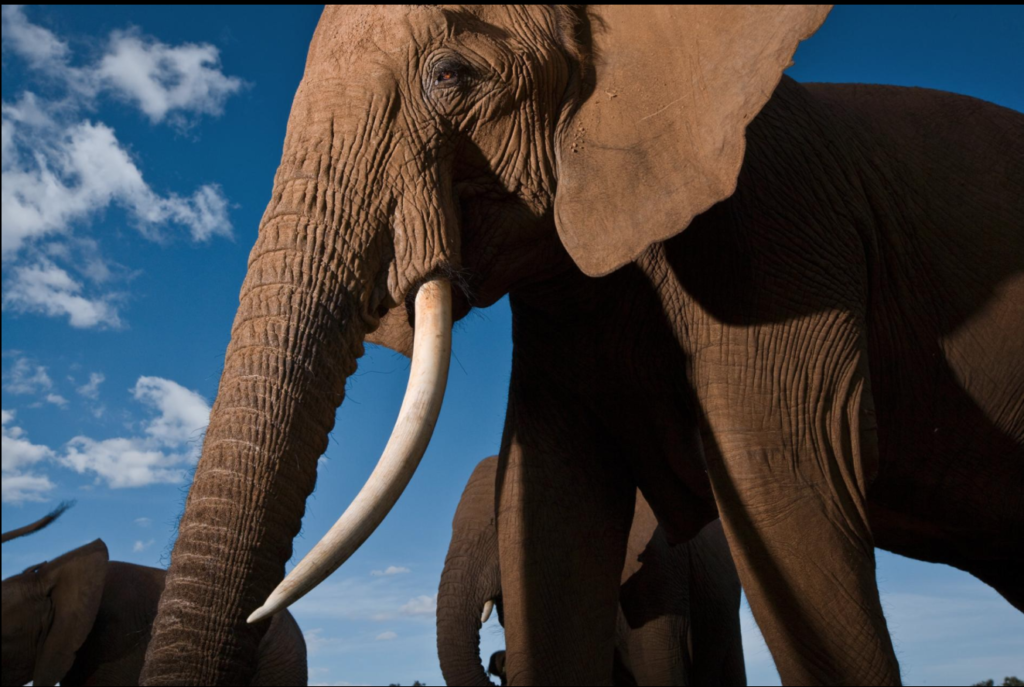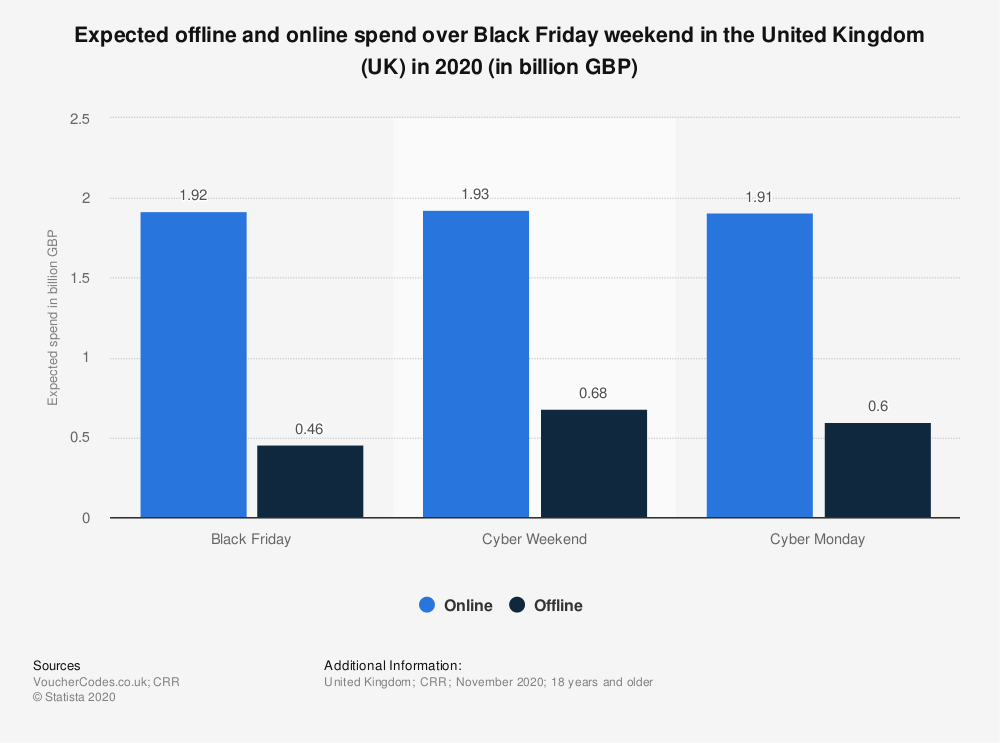This week’s curiosity box has been a perfect example of how we discover new knowledge by questioning the simplest of things that are right in front of us. This week, I cover the following topics
- Why is the close button in the corner of the screen?
- What is the concept of black Friday?
- Do Elephants get cancer?
Why is the close button in the corner of your screen?
Two elements compose a cursor’s movement to click something on the screen. Firstly, a rapid motion in the required direction and secondly, minute finer adjustments to align the cursor at the exact spot. Give it a try. You will be quicker to click on the close button than to position the cursor on the full stop after this sentence.
Be it Windows or Mac, most of the essential actions are positioned in the corner because of the screen’s walls. That wall allows you to do one big swoosh on the mousepad without having to worry about the cursor overshooting or bouncing. The finer adjustments that come later are not complicated and are relatively quick to complete.
Although what you just read might sound like common sense, many years of research and thought went behind it. The source for this knowledge originated from research to improve aviation safety. Back in the day, this was one of the first instances where psychology and engineering were applied together.
Science behind the common sense
Paul Fitts developed mathematical models after analysing human movement. He complied all findings into one unifying law (and of course named it after himself).
Fitts’ law states that the time needed for a user to take action depends on the distance to the object and the size of the object. In simple terms, the longer the distance and the smaller the size, the more time you take to complete the action.
Wondered why a brake pedal is bigger than the accelerator in a car? Or why the OFF button in most machines is larger than the ON button? The only reason is for you to carry out critical tasks quickly and accurately. The underlying science is also what drives web-page design engineers to design the layout in a certain way.
We might overlook it almost every time, but hopefully being aware of it will not help us fall prey for click-bait traps.
Do Elephants get cancer?
Cancer is a tumour gone malignant. It occurs because cells rapidly multiply, spread, and affect neighbouring organs and tissues. Over time, the cancerous tumour becomes deadly and could even lead to death.
In 2018, 18 million cancer cases were logged, and 1 in 6 deaths across the world was reported to be caused by some form of cancer. If humans are affected to this extent, then statistically, elephants, with hundreds of thousands of more cells than humans, should be more prone to this deadly disease.
But surprisingly, that is not the case.
The Peta’s Paradox outlines that in the natural world, there is a mismatch between the size of the organism and the likelihood of getting cancer. About 59 million years ago, the ancestors of the present-day elephant had a broken gene. Through evolution, broken genes usually get replaced. However, in the case of elephants, the gene that was supposed to fade away came back. This zombie gene evolved to become LIF6 – an agent that goes and stops cancerous cells on their track.
However, a zombie gene is not smart enough to act on its own. It needs the help of P53, a type of protein that helps regulate the life cycle of a cell. They help guard against cells from rapidly multiplying. Humans have one P53, whereas elephants have 20 of them.

Therefore with more guards and agents, elephants don’t have to worry too much about getting cancer.
Image Source: National Geographic
What is the concept of black friday?
The world-renowned Black Friday originally denoted a financial crashed as opposed to the current day’s spur to secure the best discount deals. On Friday 24 September 1869, the US Gold Market crashed, leaving many Wall Street barons bankrupt. Back in the day, as accounting practices were manual, black ink was used to record profits and red ink for losses. After the crash and over the coming years, shopkeepers in the US picked up a trend – after every thanksgiving, their accounts had more black ink than red.
Two more incidents helped cement this yearly tradition. The first one was because of grumbling police officers. The football match in Philadelphia after Thanksgiving attracted vast flocks of crowds. The Police Officers coined that Friday as Black Friday because they had to work longer hours to manage the chaos. With more people coming in, it was natural for the shop keepers to see a surge in sales. And they conveniently began capitalising on the police’s pain by naming that day as Black Friday.
The second incident helped spread the trend of naming the Friday as Black Friday outside of Philly. The first Thanksgiving parades in New York occurred in 1924. Ever since that, the parade attracted many tourists and naturally a surge in sales. The Shop keepers made use of the term just like the ones in Philly.
Sales skyrocket with more and more people choosing to make bulk purchases on this day. On Black Friday 2019, Barclaycard recorded a new peak of 1,184 transactions per second between 1pm and 2pm, up by around nine per cent from the previous year. And this year, the UK is expecting 2.36 billion GBP of revenue over the Black Friday weekend.

But whatever said and done, the craziness of the showers that come with this is a bit overloaded. Don’t believe me? Watch the video below.
That was interesting !!!
I’m curious after reading the elephant and cancer story. Have scientists tried to get more of P53 onto human bodies? Or do we also require the zombie gene? This mechanism of elephants’ seem so useful
Nice article Arun. The topic of cancer got me curious, are you aware of any studies which look at inducing more P53s into the human body (or pigs for that matter)? Or are we missing the zombie gene?